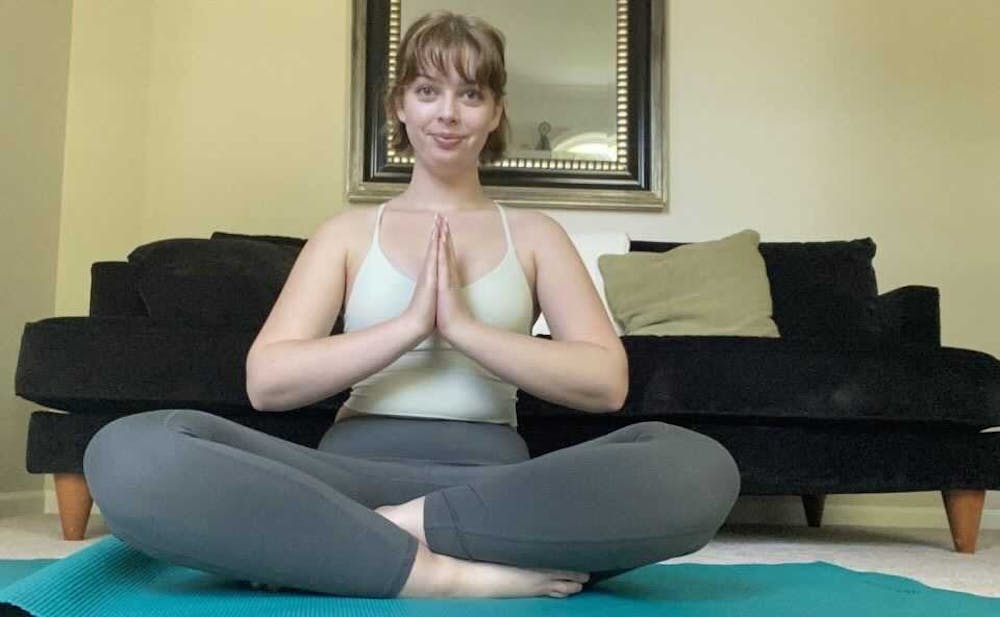On Sept. 8, 2020, I tested positive for COVID-19.
During the two weeks of quarantine that followed, I was “one of the lucky ones.” With little to no COVID-19 symptoms, I was holed up in my Bloomington apartment counting my blessings, happy that things weren’t worse.
While my initial symptoms were just like a common cold, the breathing complications that the coronavirus left me with were an inconvenience that morphed into a bigger barrier in my life. Daily tasks like walking up stairs started to leave me winded and running to catch up with friends on the sidewalk made my ribs ache.
For months I treated my new breathing habits as an inconvenience and brushed them off as something that “could be worse.” I didn’t care about the complications because I didn’t feel like my health was seriously impacted.
Until it was.
In March, I tried going for a run for the first time since my infection. I was up all night coughing, a side effect that trickled into the next day. It was then I realized that the lasting effects of COVID-19 weren’t going anywhere anytime soon unless I did something about it. That something just happened to be yoga.
There aren't many medical services available to treat COVID-19 symptoms outside of a hospital. People who test positive for COVID-19 are instructed to stay home, get better and seek emergency attention if they cannot breathe. A lasting effect, like shallow breathing, is something that must be waited out — or worked around.
Yoga is a practice that emphasizes breath focused strength training exercises to build stamina and breath control. I started doing a daily yoga video from my home, mainly with SarahBethYoga on YouTube, a channel led by Sarah Beth, a yoga instructor, who has amassed over 1 million subscribers on the platform.
“Yoga is breath control as much as it is physical poses,” Sarah Beth said. “Just by practicing the physical poses and following the breathing cues you’re practicing breath control so people who need breath control — like runners, performers or musicians — benefit greatly from having yoga as a part of their routine.”
Since starting my practice, breathing techniques — such as the ujjayi breath — have helped me train my lungs to be stronger throughout physical activity. Research from the Loma Linda University School of Medicine in California found that breathing exercises can help lungs recover from lasting COVID-19 effects.
Yoga practices such as ujjayi help train the lungs by strengthening the diaphragm which, in turn, can help improve breathing.
Yoga has helped me make my long awaited recovery from COVID-19. Yoga practices not only help your body fitness-wise — but your breath — something COVID-19 took away from me for so long.
Curren Gauss (she/her) is a sophomore majoring in theater and English. She is a member of the Queer Student Union.




